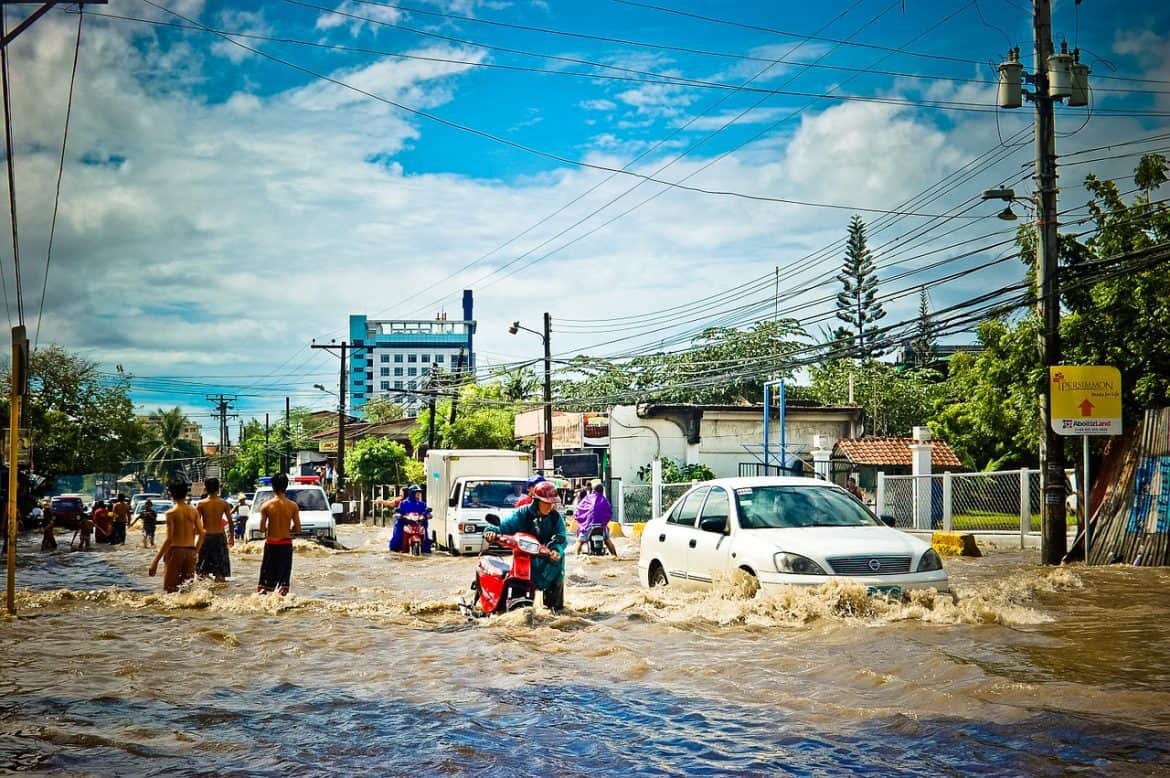
Take Floods seriously – floods kill more people each year than any other natural phenomenon including tornadoes.
- Ask your local emergency management office if you live in a flood-prone area. Learn the area’s flooding history, flood warning signs and alert signals. Get a copy of the community flood evacuation plan.
- Have a fully-supplied emergency kit on hand.
- Develop an emergency communication plan, and a plan for getting back together in case family members are separated during floods.
- Ask an out-of-state relative or friend to serve as the “family contact.” After a disaster, it’s often easier to call long distance, and it’s unlikely this contact will be involved in the same disaster.
- Teach all family members how and when to turn off gas, electricity, and water.
- Teach children how and when to call 911, police, and fire, and which radio or TV station to tune to for emergency information.
- If a flood comes, go to an upper floor (if outdoors, climb to high ground and stay there); if told to leave, do so immediately.
- Never attempt to walk or drive through floodwaters. Even 6-inch-deep water can sweep you off your feet; even less can cause loss of control of a vehicle. Turn around don’t drown
- Flood dangers do not end when the water recedes. Listen to a radio or television and don’t return home until authorities indicate it is safe to do so. Even then, listen for and follow all instructions they give you.

